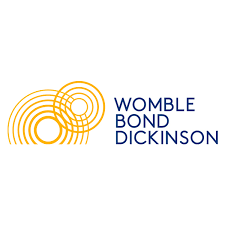
RAISING THE TEMPERATURE ON HEAT NETWORKS
The UK must deliver a mix of low-carbon heating solutions if it is to meet its target of reaching net zero. On top of this, rising energy prices exacerbated by events in Ukraine has highlighted the UK's dependency on imported gas. Low carbon heat networks can help achieve energy self-sufficiency and net zero.
What are heat networks?
Heat networks supply heat from a central source to nearby buildings via a network of insulated pipes carrying hot water. They can use a variety of technologies as a heat source such as biomass and biogas-fuelled boilers, energy from waste facilities and heat pumps. Other innovative heat sources are also being explored such as mine water from existing mine water treatment schemes (Seaham Garden Village) and extracting waste heat via a heat pump from sewers (Worthing Heat Network).
Who is the supplier?
Supplying heat to customers connected to a heat network can be the responsibility of a range of organisations, including dedicated heat network companies (known as ESCOs), property developers, housing associations, local authorities and management companies.
Identifying who the supplier is for a particular heat network is important as the customer will want confidence in its security of supply. Confidence can be derived from not just the contractual commitments its supplier is willing to be bound by, but from understanding how robust that entity is, as well as how qualified or experienced it is to provide a sufficient standard of service.
Funding & Looking Ahead
The government has shown a financial commitment to promoting the growth of heat networks through the launch of:
- a £320m fund as part of the Heat Networks Investment Project;
- the Green Heat Network Fund of £270m to support low and zero-carbon heat networks.
In addition to public funding, private investors are crucial in bringing forward heat networks at pace. This is reflected in both:
- the establishment of BHIVE, a dynamic purchasing system, to support investment by allowing public sector heat network owners and developers to procure funding and funding-related services;
- the "Heat Networks: Procuring Finance Guidance" prepared by Womble Bond Dickinson for the Department for Business, Energy & Industrial Strategy (BEIS), which provides information on how local authorities and private investors can work together to deliver a heat network.
Accelerating towards a self-sustaining low carbon heat networks market, which is attractive to investment and reliable for consumers, is even more important given the increase in energy costs exacerbated by the Russia-Ukraine conflict.
Authors - Womble Bond Dickinson: Andrew Hirst, Partner; Arooj Amer, Trainee Solicitor; George Matthew, Associate. 

Podcast

VLOG

Podcast